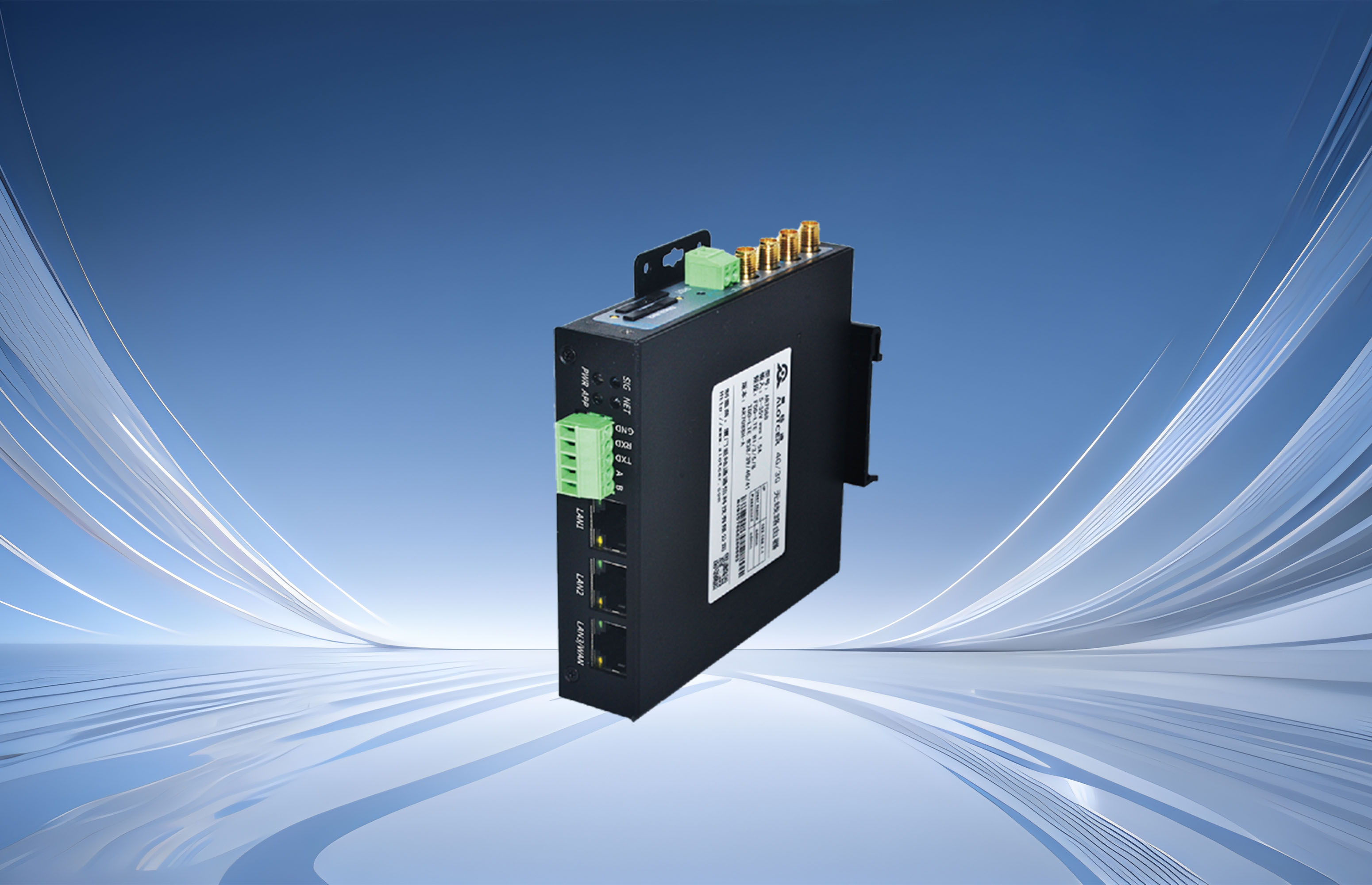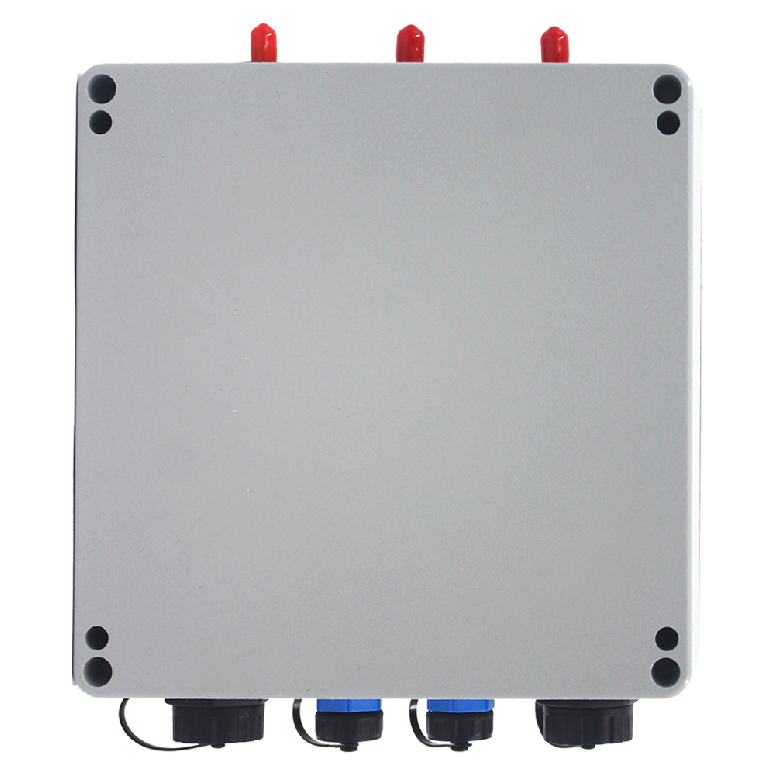Background
During the construction and use of the power grid, various unexpected events such as naturally occurring winter rain, ice and snow, high temperatures, strong winds, and unpredictable earthquakes and typhoons can pose a great threat to the normal operation of the power grid. Due to the scattered location of power terminals, some are located in remote or inconvenient transportation areas with few people. Relying on manual defect elimination or traditional monitoring methods for supervision is difficult, inefficient, and costly. Therefore, there is an urgent need for a convenient and fast online monitoring method to timely discover hidden dangers in the power distribution network process and ensure the normal operation of the transmission and distribution network work.
System function
The distribution network security monitoring and data acquisition system is a computer system that collects real-time operational data of distribution network equipment, transmits data, establishes historical data, and realizes safe and economic operation, control, accident handling, and analysis and calculation of the distribution network.. The main system modules are as follows:
Primary power equipment: Basic power equipment that participates in the production, transformation, transmission, distribution, control of circuit breakers, etc. of electricity;
Electric secondary equipment: In order to protect and ensure the normal operation of electrical primary equipment, its operating status is measured, monitored, controlled, and regulated. There are mainly various measuring meters, various relay protection and automatic devices, DC power supply equipment, etc.
5G/4G wireless module: responsible for transmitting various information collected by secondary equipment to the power monitoring system;
Power monitoring system: responsible for collecting and analyzing on-site operational data, fault records, analyzing the operational status of each node, generating reports, and remotely dispatching the power system.
System architecture diagram
Serial port transmission scheme
To the bottom (power device: FTU/DTU/fault indication, etc.): Use serial port RS232/RS485 connection method
Upstream (Power Center): Alotcer AD7028D establishes a TCP channel with the Power Center to transmit IEC101/IEC104
Main functions involved: serial to wireless (transparent transmission)
Network port transmission scheme
To the bottom (power device: FTU/DTU/fault indication, etc.): network cable connection, RJ45 form
Up to (power center): Establish a TCP channel between the power center and the power device to transmit the IEC101/IEC104 protocol
Main functions involved: wired to wireless, port forwarding
Protocol conversion
For the following (power devices: FTU/DTU/electricity meter, etc.): Ethernet/RS232/RS485, AD7028D can use Modbus/DNP3.0/DLT645/DMLS/IEC101 and other protocols to collect operational data of each unit
Up (Power Center): The power center establishes a TCP channel with the power device, converts the collected operational data into the IEC104 protocol, and sends it to the power center
Main functions involved: collection of various protocols, conversion into 104 protocols for uploading
System Principles
DTU/DTU/electricity meter/fault indicator are the terminal monitoring devices, which are connected to wireless modules through serial or network ports. They are interconnected with the power center through 5G/4G operator APN wireless private network, achieving the purpose of remote monitoring of on-site primary and secondary equipment in the power center.
Front end: The primary and secondary equipment is the terminal part of power automation, which performs functions such as data collection, reporting, and scheduling. It is connected to the power center through the Alotcer AD7028D.
Communication: The Alotcer AD7028D communicates with the power center through 4G wireless IoT. Can transparently transmit business data, and can also be responsible for collecting and converting power protocols and power center communication
Back end: The power center conducts unified sorting and analysis of the information and status of all primary and secondary equipment in the front end through the Internet, and then takes corresponding measures.
Product Description
Power communication module/dual port industrial wireless router-AD7028D(T/Z)
- 5G all network connectivity, SA/NSA dual-mode, compatible with 4G/3G/2G
- Two LAN channels (one can be a WAN) and one RS232/485 channel
- Power 101/104 protocol and power terminal configuration interaction protocol
- Optional dual card, GPS/Beidou/Pulse, power encryption/public/private/esim
- Support modbus/DNP3.0/DLT645/DMLS/IEC101 to IEC104 conversion
- IPSEC, L2TP, PPTP, openVPN, GRE, DMVPN, etc
- Linux system, support for Python and C language secondary development
- DC 9-60V, communication current 140mA/online non communication 120mA (12V)
- Working temperature -40~+75 º C, product size 110x85x32mm
New Power Standard Cover
FTU Communication Module – AD7028D
- 5G all network connectivity, SA/NSA dual-mode, compatible with 4G/3G/2G
- 2LAN (1 can be WAN), 1 RS232/485
- Power 101/104 protocol and power terminal configuration interaction protocol
- Optional dual card, GPS/Beidou/Pulse, power encryption/public/private/esim
- Support modbus/DNP3.0/DLT645/DMLS/IEC101 to IEC104 conversion
- IPSEC, L2TP, PPTP, openVPN, GRE, DMVPN, etc
- Linux system, support for Python and C language secondary development
- DC 9-60V, communication current 140mA/online non communication 120mA (12V)
- Working temperature -40~+75 º C, product size 65x65x32.1mm
Industrial grade three port router/gateway/CPE-AR7088H
- 5G all network connectivity, SA/NSA dual-mode, compatible with 4G/3G/2G
- 3-way LAN (one can be WAN) and 1-way RS232/485
- Optional dual card, GPS, Beidou, power encryption, integrated public and professional, WIFI
- Support modbus/DNP3.0/DLT645/DMLS/IEC101 to IEC104 conversion
- IPSEC, L2TP, PPTP, openVPN, GRE, DMVPN, etc
- Linux system, support for Python and C language secondary development
- 9-35VDC (power version 9-60VDC), online non communication 1.4W, communication 1.9W (12V)
- Working temperature -35~+75 º C, product size 107x98x24mm
System advantages
- Transparent transmission, support for multiple protocol conversions, compatible with State Grid/NARI encryption schemes, and support for various common power scenarios
- Support secondary development and freely develop the required protocols and conversions
- Support VPN function, which can be applied to various special power networking scenarios






























